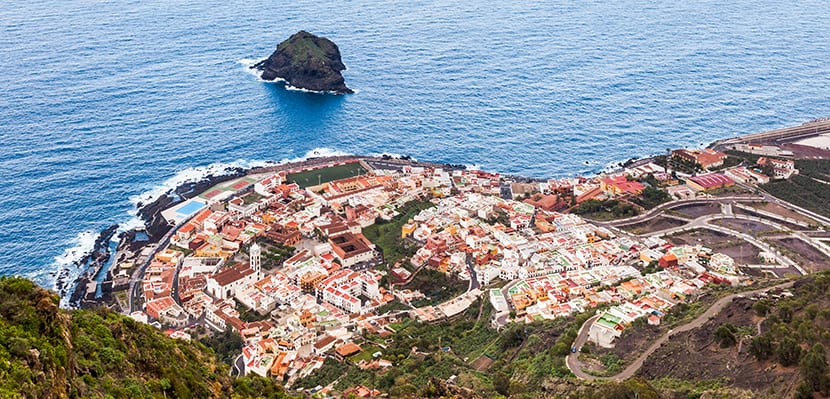
Tenerife It is one of the Canary Islands, the largest and most populated island of them. Here, on the coast, is the municipality of Garachico. It is a beautiful site, with many old buildings and natural pools that attract tourists to enjoy good baths.
History says that one day in 1706 the Trevejo volcano erupted and devastated the port, the most important on the island between the XNUMXth and XNUMXth centuries, the union between America and Europe. The golden age of the town ended, but another stage would begin later and today it can be said that it is one of the most charming towns in Tenerife.
Garachico
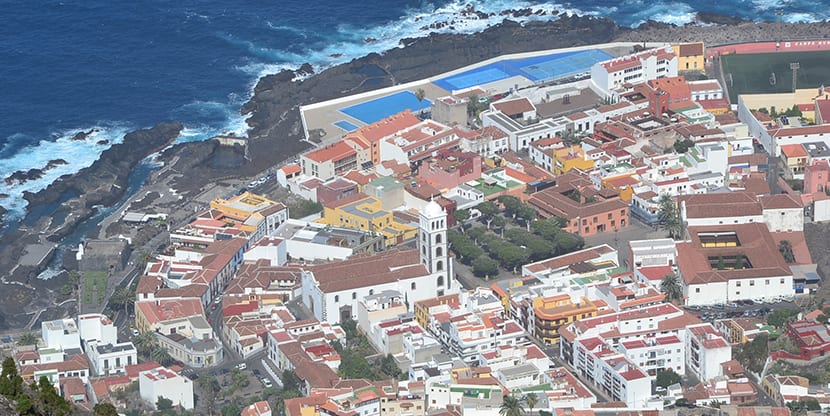
The city it was founded in 1496 from the hand of a Genoese banker named Cristóbal de Ponte. Later it developed its important port from which they left, linking America and Europe with wine and sugar, many ships.
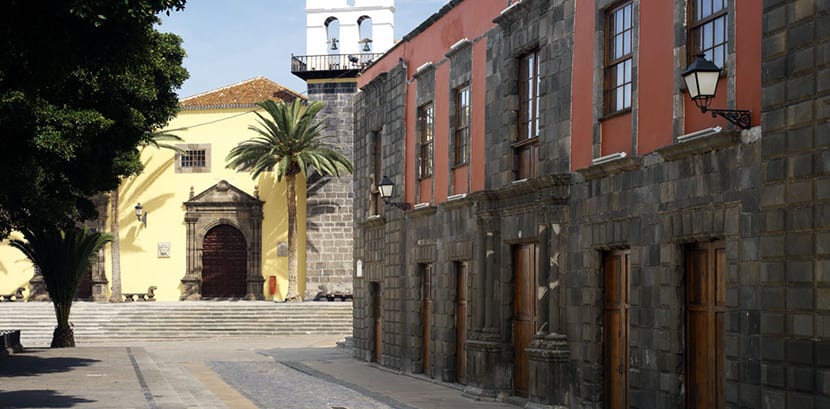
The eruption of the volcano was not the only tragedy of the town because in the previous century a landslide killed a hundred people and sank dozens of ships, but without a doubt the volcano would change the history of the town forever. Lava washed away almost the entire town and covered the port so the golden years of trade ended but ... that same lava that it destroyed also built something new: puddles, natural pools.

Today these natural pools are known by the name of The Caleton and attract tourists and tourists. They, together with the old town, the cobbled streets, the old buildings and churches, make Garachico a picturesque and beautiful destination to visit in Tenerife.
Garachico has many pine trees, a volcanic landscape and a cliff that separates the surroundings of the town from the historic center. For its historic streets is that in 1994 it was declared A Cultural and since before, since 1916, it is Villa y Puerto, according to the order of King Alfonso XIII.
Garachico Tourism
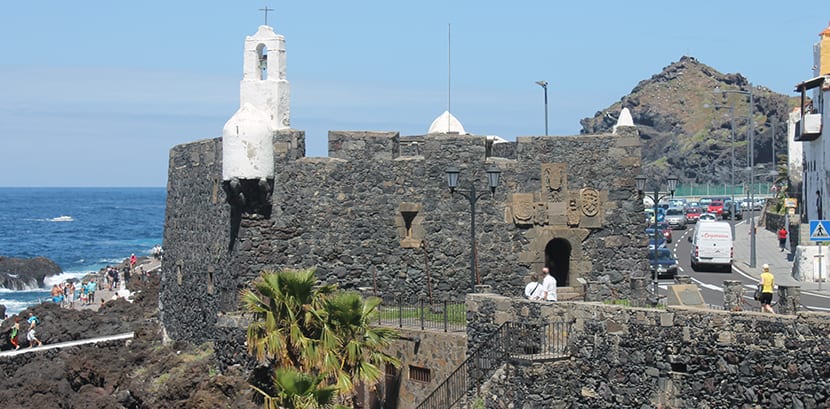
Let's talk about the Garachico attractions. At first we said that it has many historical buildings so among them we can name the House of the Ponte, a charming orange palace that belonged to the founding family of the town. It dates from the XNUMXth century and although a fire destroyed it, it was rebuilt and today it is a hotel so you can stay in it.
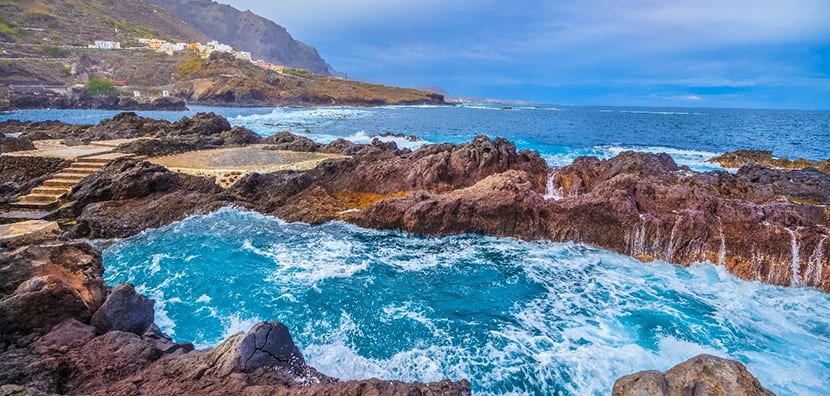
La House of the Mills it is nothing other than the only flour mill that remains standing within the municipality. It is not easy to see, it goes quite unnoticed because it is not at street level but a little lower, but if you like vulconology you can take a walk because it keeps an exhibition on this subject. There were more mills, yes, but they disappeared in the XNUMXth century.
La Palace House of the Counts of La Gomera, also known as the Stone House, has its entire facade of gray stonework and beautiful wooden doors. It was built between the XNUMXth and XNUMXth centuries and naturally had to be restored after the volcano erupted. The House of the Marques de la Quinta Roja It is from the end of the XNUMXth century and then the first Marquis modified it. It used to be the home of Franciscan nuns and today it is a divine rural hostel.

Another historical building is the San Miguel Fortress Castle, ordered to be built in 1575 by King Felipe II, as a defense against possible invasions. A building that withstood the onslaught of lava is the Franciscan Conceptionists Convent of the year 1643. It also overcame a fire and a marine storm in the middle of the XNUMXth century. It is the only convent in Garachico that has survived to this day.
Another building of a religious nature is the Dominican convent of Santo Domingo. It was saved from the fury of the volcano by its location so it is intact, with its balconies. Today it works as a museum of contemporary art, it is also the municipal auditorium and a home for the elderly. There is also the Mother Church of Santa Ana and Hermitage of San Roque.
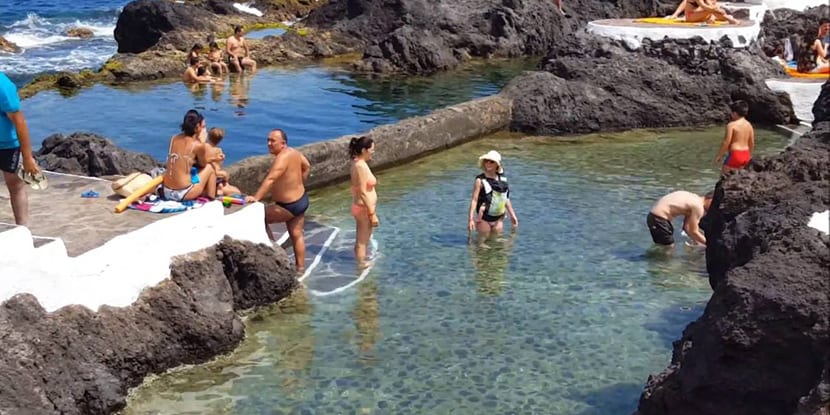
In addition to these architectural and historical treasures, today people come to Garachico attracted by its pools, its pools, its natural pools. What is called El Caletón. This very particular coastal site that is used today was formed from the eruption of the volcano in 1706. When the lava left the town behind, it continued on its way to the sea and when it got there it created these natural puddles of irregular and whimsical shapes.
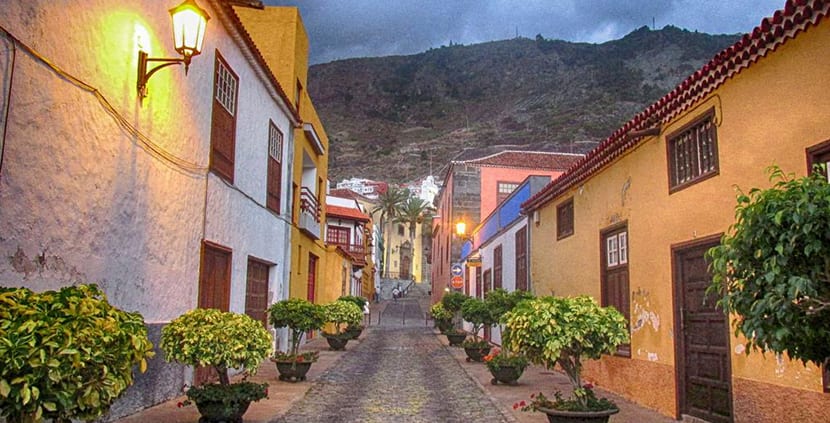
In summer they are filled with tourists who escape the heat. Its waters are generally calm but it is still the ocean so if the sea is choppy you have to be careful with surprising waves. Once you finish taking a dip and enjoying the water you can try the local gastronomy based on fish that is offered in many restaurants in the area. Local fish and potatoes al mojo, the best dish.
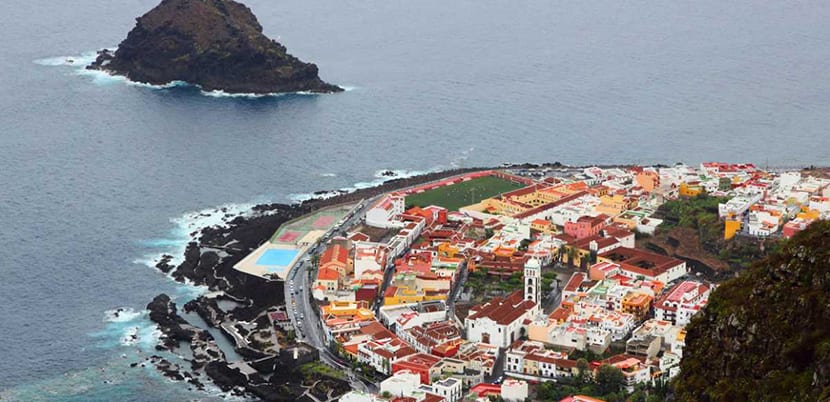
In summer Garachico becomes very popular, but it is also when there is local parties like San Roque, the pilgrimage that takes place on August 16, one of the most popular in the Canary Islands. There are also the Shiny Festivities in honor of the Christ of Mercy, which is only organized every five years, in which the streets are decorated with paper flowers and there are floats that walk through the streets. These festivals are between July 31 and August 1 and the most important moment is the Fuegos del Risco.
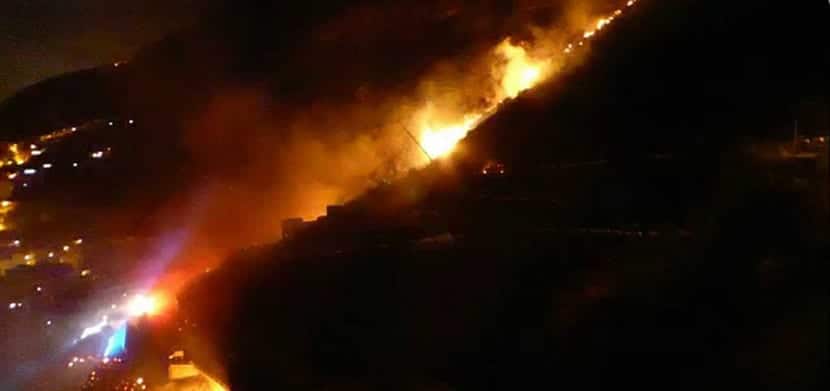
The next Fires of the Risco They are in 2020 and if you want to see something great do not miss them because the people of Garachico throw fireballs from the top of the cliffs. These balls follow the path that the lava followed from the volcano to the sea in 1706. It is the way to celebrate or remember that tragedy that in the end became the tourist magnet of the town.
"Glorious in adversity", that is Garachico's motto, and after spending a couple of days here it is understood.